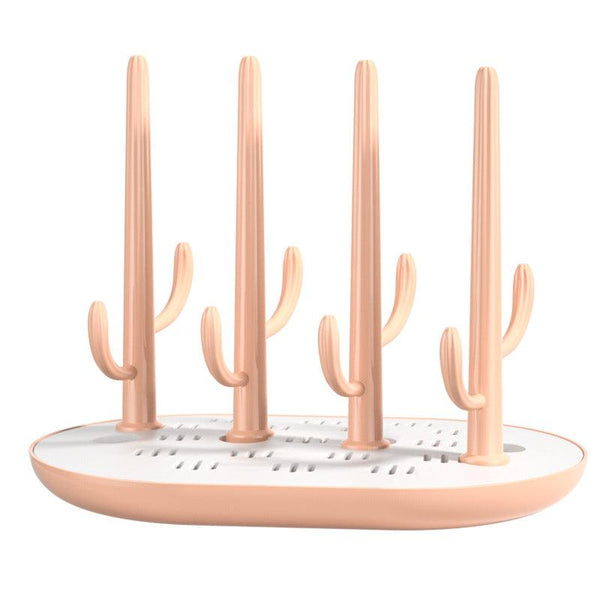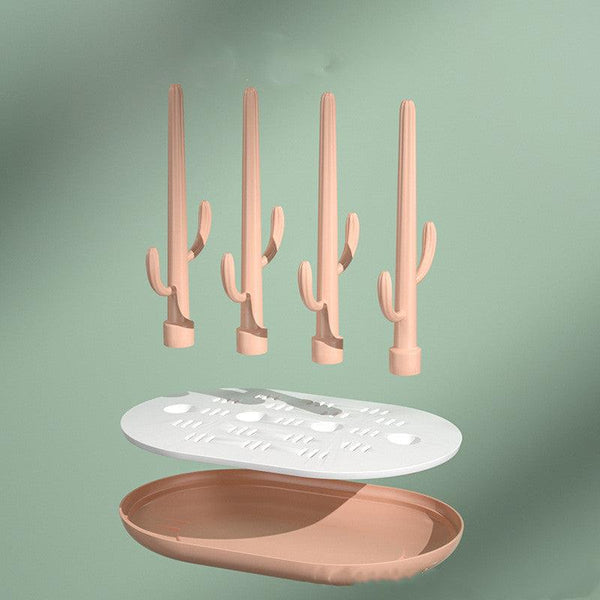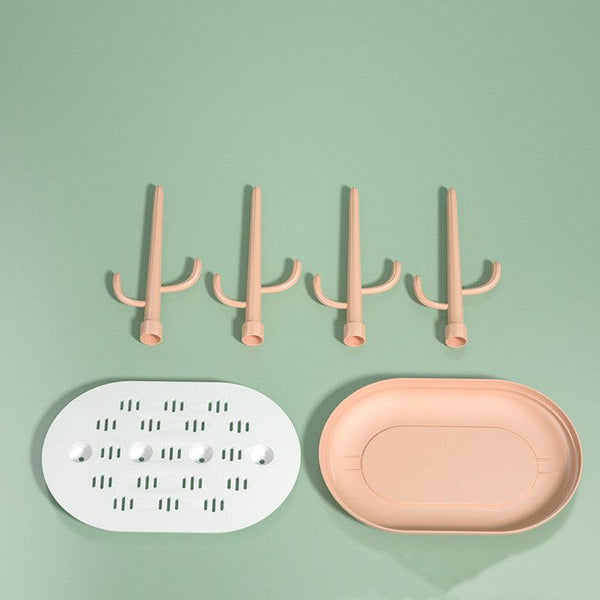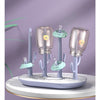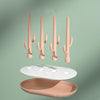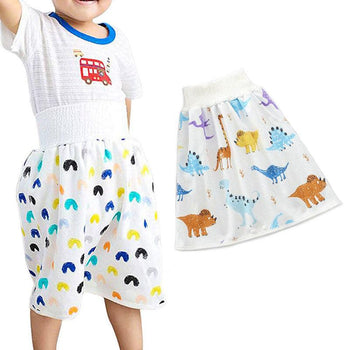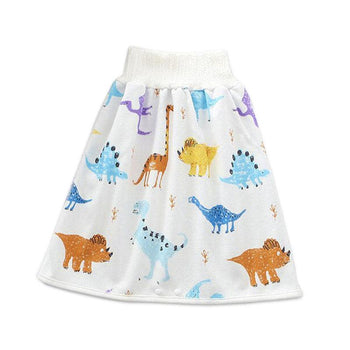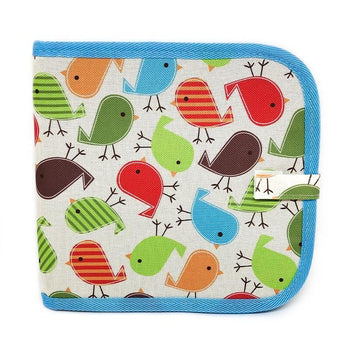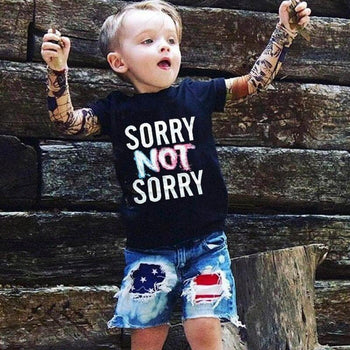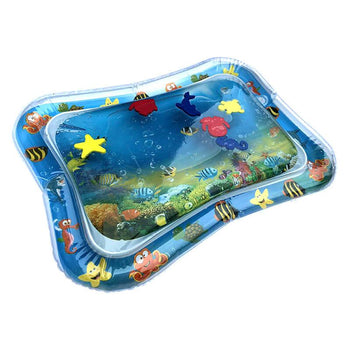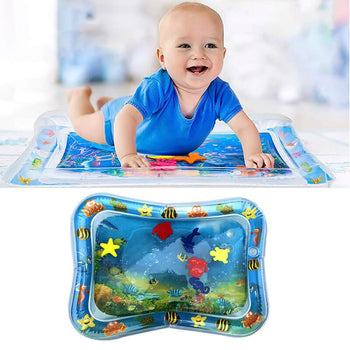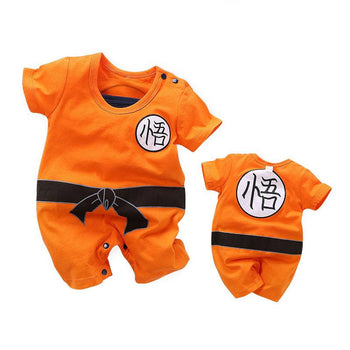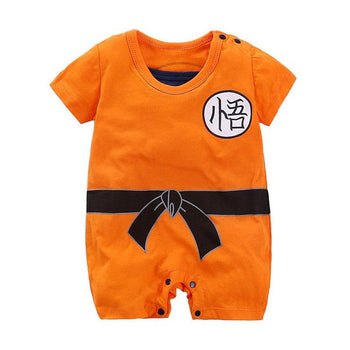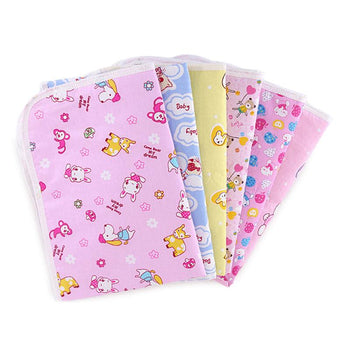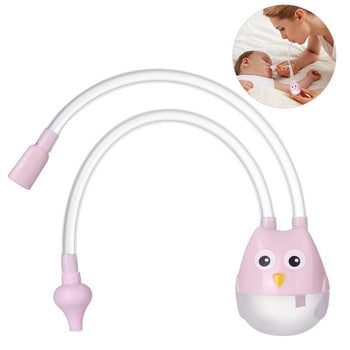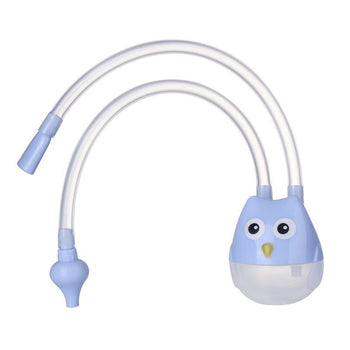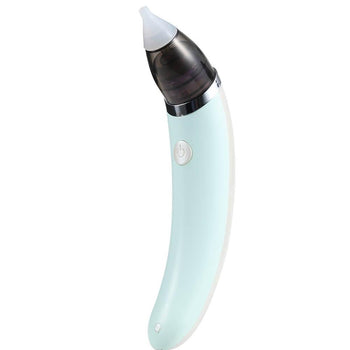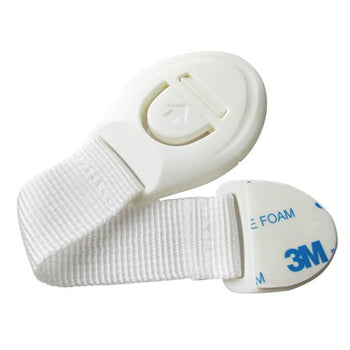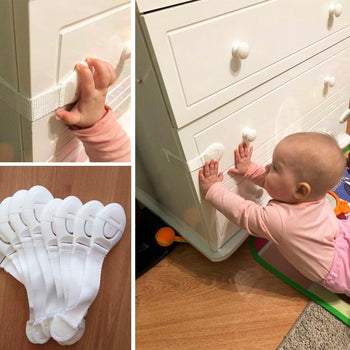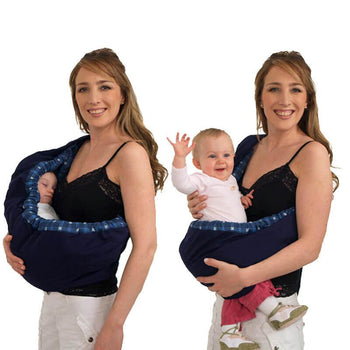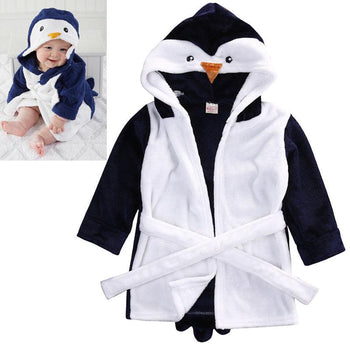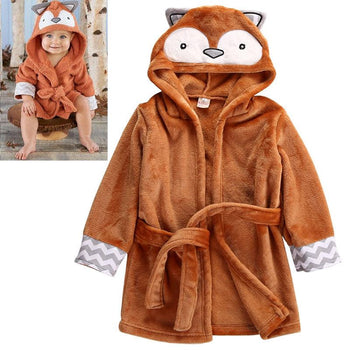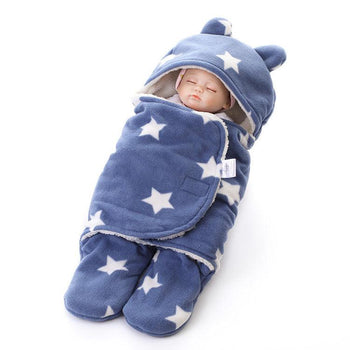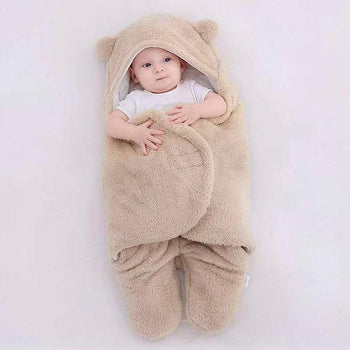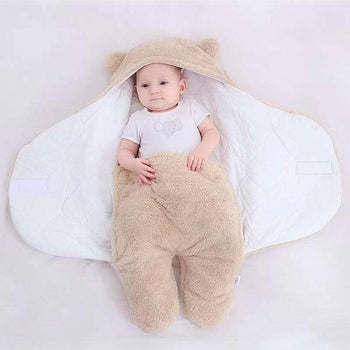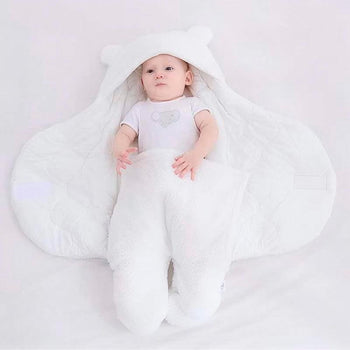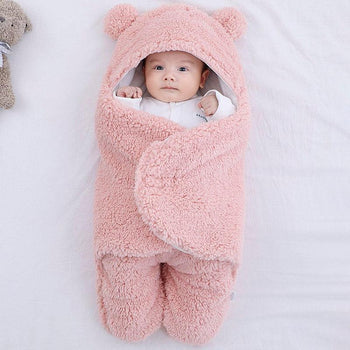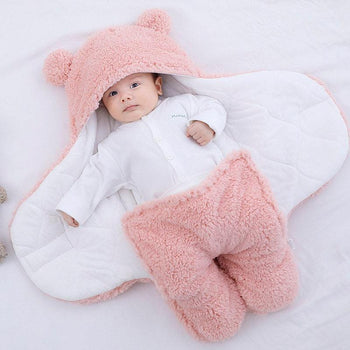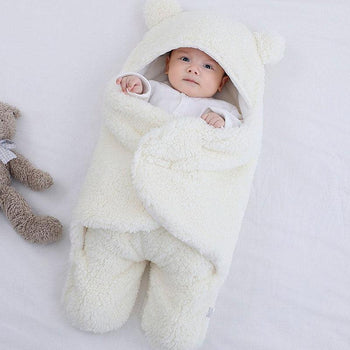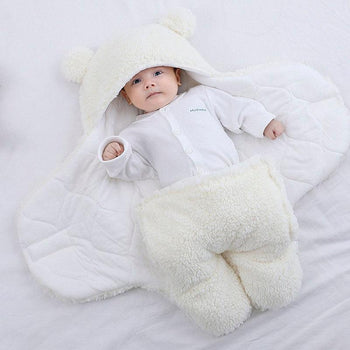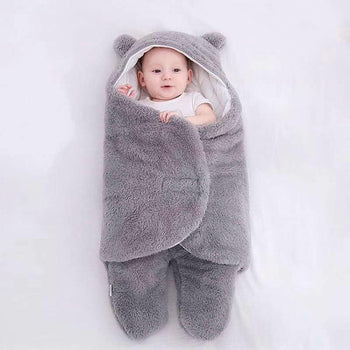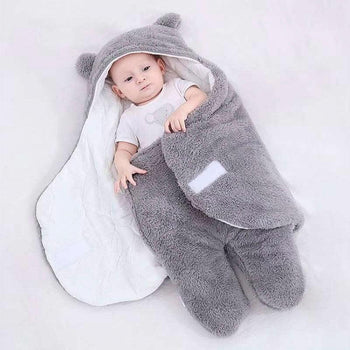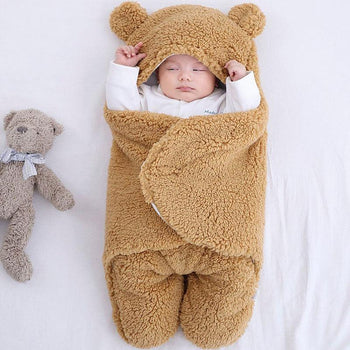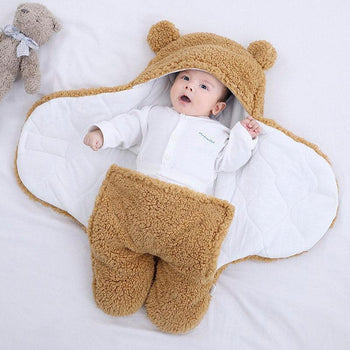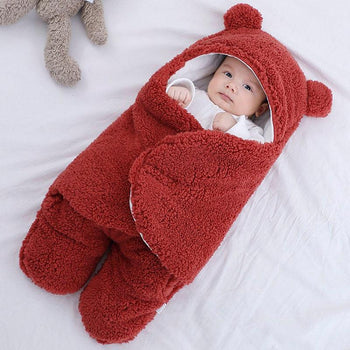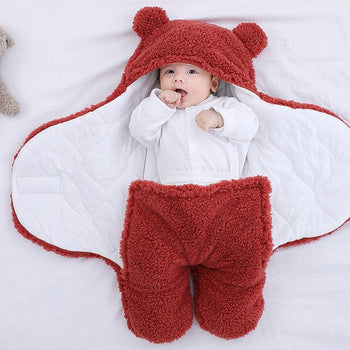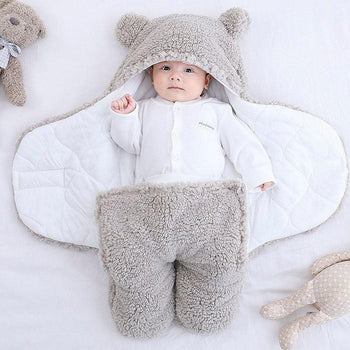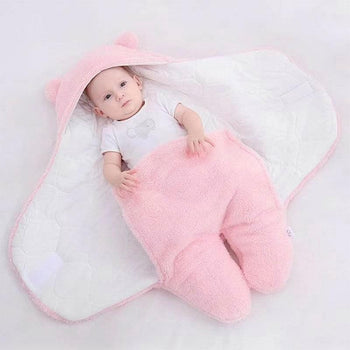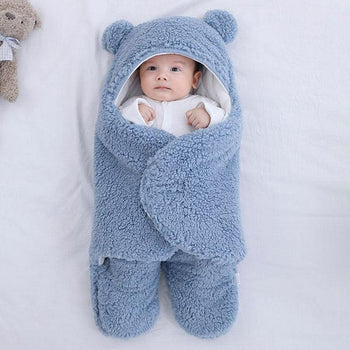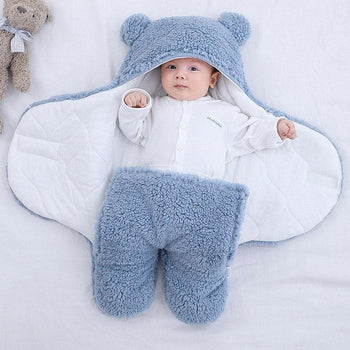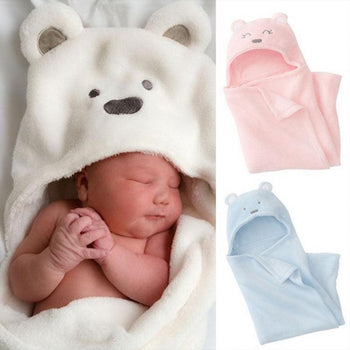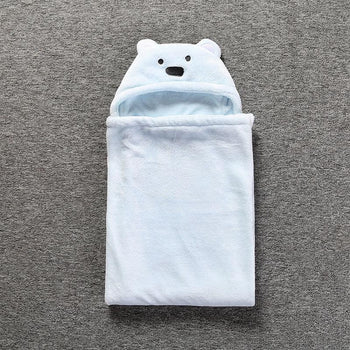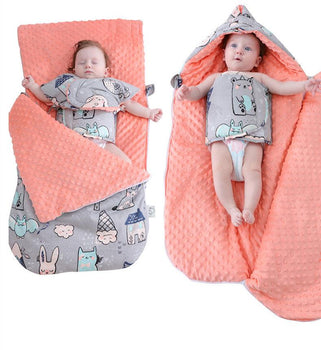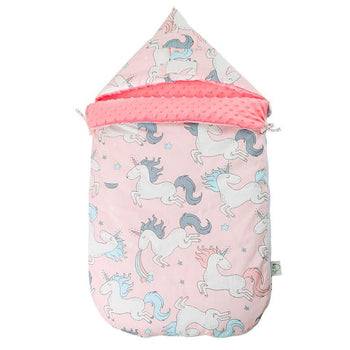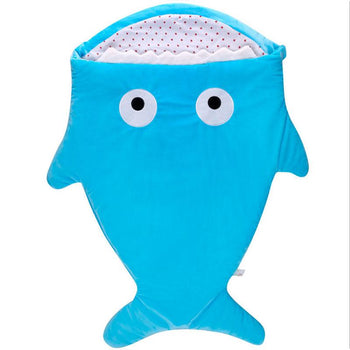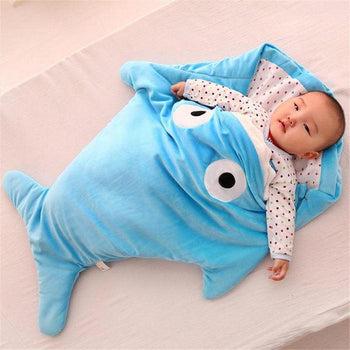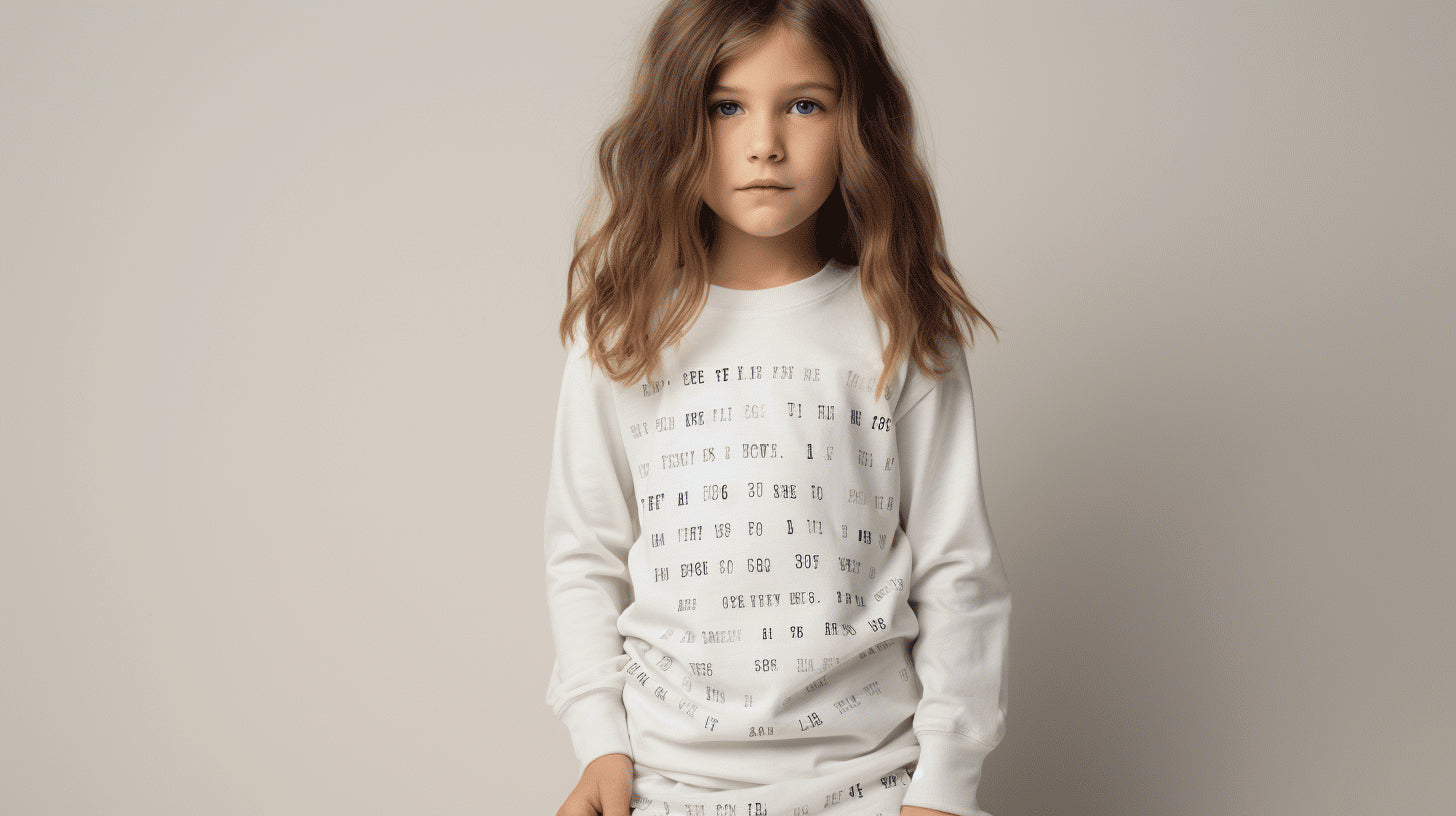What are the similarities between swaddling your baby and giving him a pacifier? (Looks like the first question of an IQ test, doesn't it? 😉 Don't worry - no IQ test today!)
But seriously, it's a question worth asking. Although swaddling your baby and offering a pacifier are different activities, there are some similarities.
Both the swaddle and the pacifiers are designed to comfort fussy babies and help them relax (and hopefully fall asleep!).
Swaddling is also useful when babies still have their Moro reflex (defense reflex), so they don't knock out the pacifier!
Swaddling and pacifiers as sleep associations
While swaddling and offering a pacifier are great ways to soothe and comfort your baby, the two can quickly become habitual sleep associations.
Parents who love to swaddle their baby first, or give them a pacifier, may not feel that love when they get up every 20 minutes at night to re-swaddle or replace the pacifier! ( Check out our swaddle blanket your baby will love here )
So with swaddling and pacifier use, there comes a time when parents start to wonder, "Can I stop doing this? Should I stop doing this?"
We've already answered this question, when it comes to pacifier use, see our article ' How and when to help your baby or toddler stop using a pacifier ' to find out all about it.
Today we are going to answer this question for swaddling. Specifically, we'll look at when and how to stop swaddling your baby.
Swaddling your baby until what age?
The first question many parents ask is, "When should I stop swaddling my baby?
The good news is that there is no definite answer to this question. You can stop swaddling your baby whenever you want. After all, you know your baby best!
Although most people use the swaddle blanket as a soothing technique for newborns and then phase it out around 3 or 4 months , it is not uncommon to swaddle babies when they are 6 to 4 months old. 9 months. Most older babies will eventually reject swaddling, but not all babies do. Some will continue to sleep better when swaddled well after 6 months of age.
Here are some tips to help you decide when to stop swaddling your baby:
Stop swaddling your baby, namely:
- The average age to stop swaddling a baby is around 3 or 4 months .
- Newborns are born with a startle reflex, called the Moro reflex. Most babies don't come out until they are 4 or 5 months old. So be careful not to stop swaddling too soon. If your baby's Moro reflex is still strong, he may wake up unexpectedly at night and during naps. (10 secrets about naps here)
- If your baby is able to break free from the swaddling , it is not necessarily a sign that it is time to stop swaddling . However, if your baby is constantly breaking free from the swaddling every night and this means you have loose blankets in the bed, then it's time to either stop swaddling or switch to a more secure blanket.
- Swaddled babies should NEVER sleep upside down. If your baby starts to roll over onto their tummy while sleeping, it's a strong sign that it's time to stop swaddling your baby. Remember, when it comes to swaddling, safety first!
- Make sure your baby is not swaddled all day. While swaddling for sleep is a good thing, especially at the newborn stage, babies also need time to move freely in order to grow stronger and develop their gross motor skills. If your baby spends all of their time asleep AND awake being swaddled, it may be time to phase out swaddling while awake.
- If you're getting ready to start sleep training , you'll probably want to stop swaddling. Part of the sleep training process is helping your child learn to self-soothe, and babies generally need to be unwrapped to learn self-soothing.
How to stop swaddling baby - 3 ways to make the transition
1. Start with the legs
Most of them struggle to have their arms free, but that doesn't mean it's easy to have their legs apart. Kicking the mattress can be fun (and too distracting for sleeping!)
So you can sometimes test by swaddling your baby but leaving the legs outside and the arms inside, for a few nights. If all goes well, you can then swaddle your baby with one arm outside for a few nights. Then you can remove the cover if all goes well.
2. Start with the arms
This is probably the most common way to stop swaddling a baby. First, swaddle your baby but with one arm extended. You can do this for a few nights and then undo the swaddling on both arms. At this point, most people would just stop swaddling it. Here you will find recommendations on how the baby should sleep after you have stopped swaddling.
3. Take it off completely
If safety is an issue, don't wait any longer to stop swaddling. If your baby rolls over or slips out and has loose blankets in his sleep space, you can stop swaddling him.
When you stop swaddling , it's a good idea to put her in a blanket or sleeping bag. The nights may be more difficult, but your baby will adapt. And, very often, babies adapt faster than expected!

Swaddling baby at night, good or bad idea?
For babies who are not very dependent on swaddling for comfort and who are very independent, it may be easy to stop swaddling. Your baby may sleep just as well, or even better, without being swaddled! For babies who are becoming more resistant to swaddling, maybe they'll appreciate you no longer swaddling them!
If your baby is very dependent on swaddling to sleep, it may be difficult to stop swaddling .
There's no way to predict it, but give it a try and you can always go back to swaddling if things go wrong.
In general, the best way to stop swaddling a baby is to do it gradually. After a while, you will come to stop swaddling him at all. The idea is that this slow, gradual transition makes it easier for a baby to get used to sleeping without being swaddled, without losing a lot of sleep.
What if sleep was much worse without the swaddling?
If safety is not yet a concern, consider keeping the swaddle a little longer. No need to rush.
Or you can stop swaddling even more gradually!
Just because you stop swaddling baby at night , at bedtime, doesn't mean he has to stay that way until the next day!
Consider swaddling both arms and/or both legs after the first nighttime awakening. Although he may start the night sleeping as little as an hour, for example, this can quickly increase over a few nights as your baby gets used to having his arms and/or legs free.
Stop swaddling baby for naps
Another option is to start waddling at nap time . Even if you think it's "inconsistent," remember that daytime and nighttime sleep are handled by two different parts of the brain. Let your baby get used to "freedom" one step at a time.
Of course, you should be aware that a baby who once slept through the night may not do so while adjusting to sleep without the swaddle . Keep in mind that it may take a week or two for him to get used to not being swaddled and getting used to having his limbs out.
And, what about the Moro reflex?
If your baby's Moro or startle reflex hasn't stopped, it may be particularly difficult and you can swaddle her again and try again a few weeks or a month later.
Babies change very quickly in the first year, so something that didn't work at one point can work very well two weeks later. You need to be patient and give your baby time to adjust.
However, I find that even some babies who still have the Moro reflex adapt very quickly over a period of a few days to a week. You can try !
How long does it take to stop swaddling baby?
In general, most babies get used to sleeping without a blanket within an average of one to two weeks. If they are young babies who learned to roll over early but still have the Moro reflex, these babies sometimes take 3 - 4 weeks or more, depending on their age and development. You should know that all babies develop at their own pace. Some things can't be rushed.

A final word, remember that whenever you are weaned from a sleep association, the process can disrupt sleep. This means that if you decide to stop swaddling your baby to sleep, your baby may not sleep through the night at first. The swaddling transition process can take about a week, and during this time your baby's sleep may be disrupted. It's normal ; once your baby is used to sleeping unswathed, her sleep should return to normal.
Do you want your baby to sleep through the night?
In this free guide , you'll discover 5 things you absolutely need to know.
With a unique approach and practical tools for success, this guide will help you and your baby sleep better through the night.



